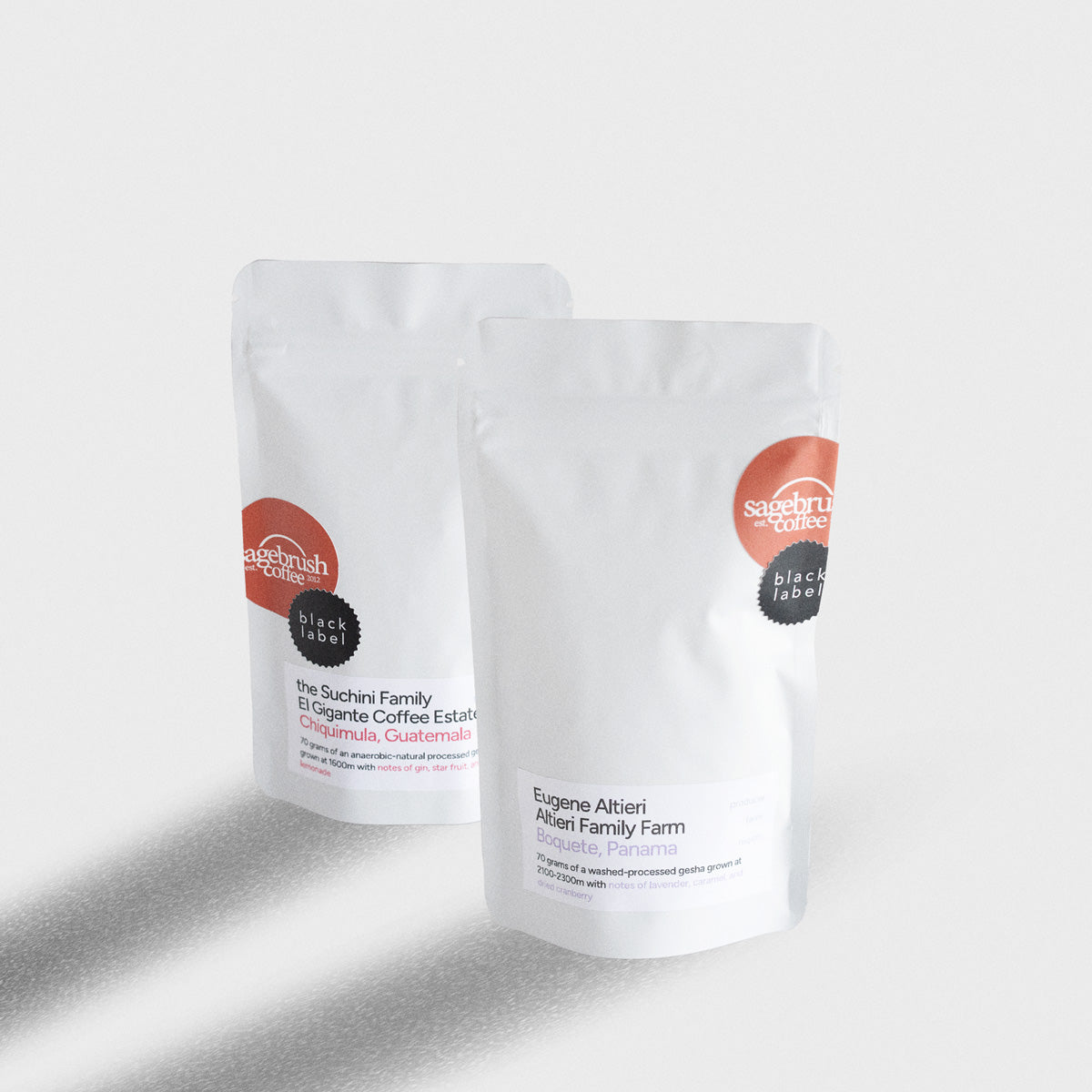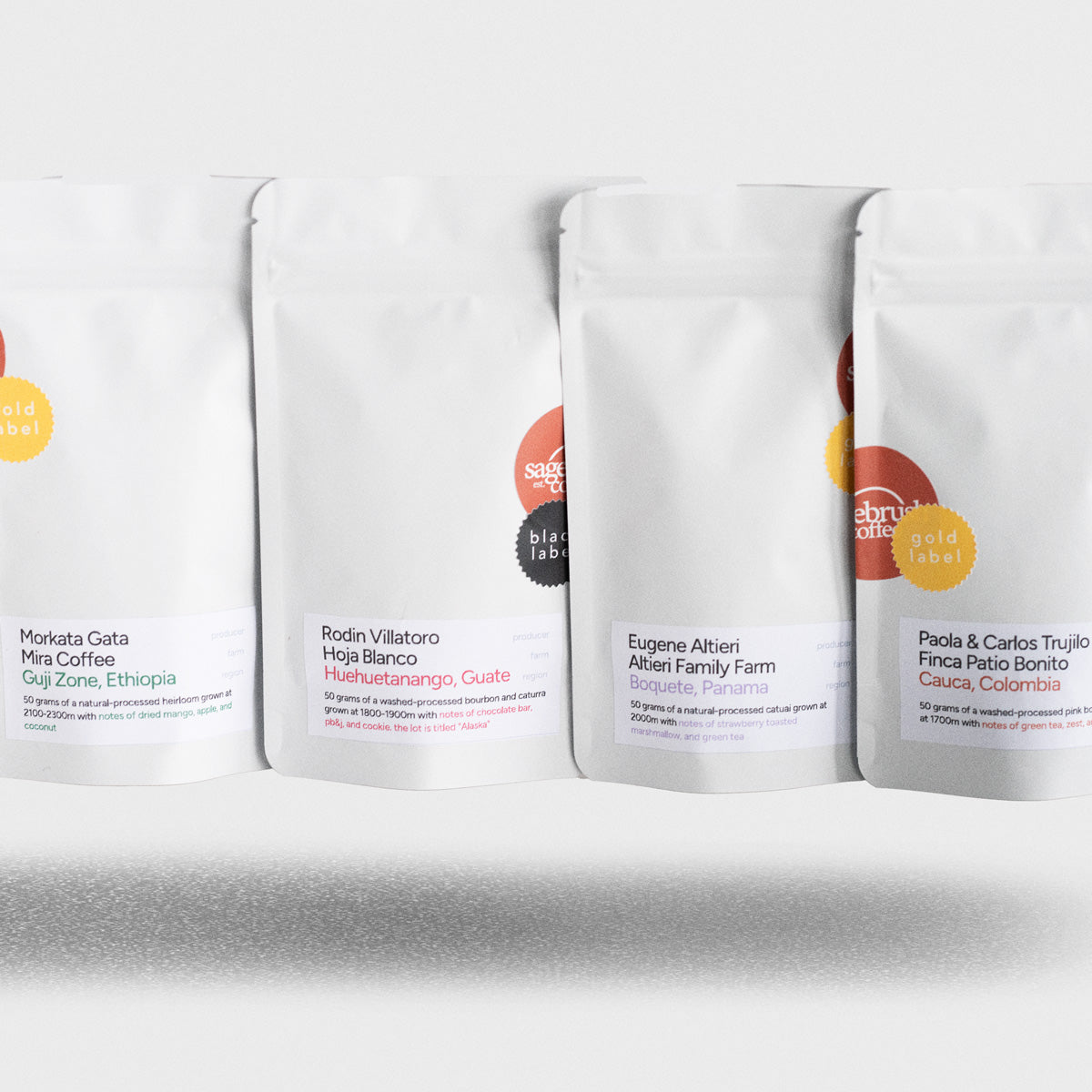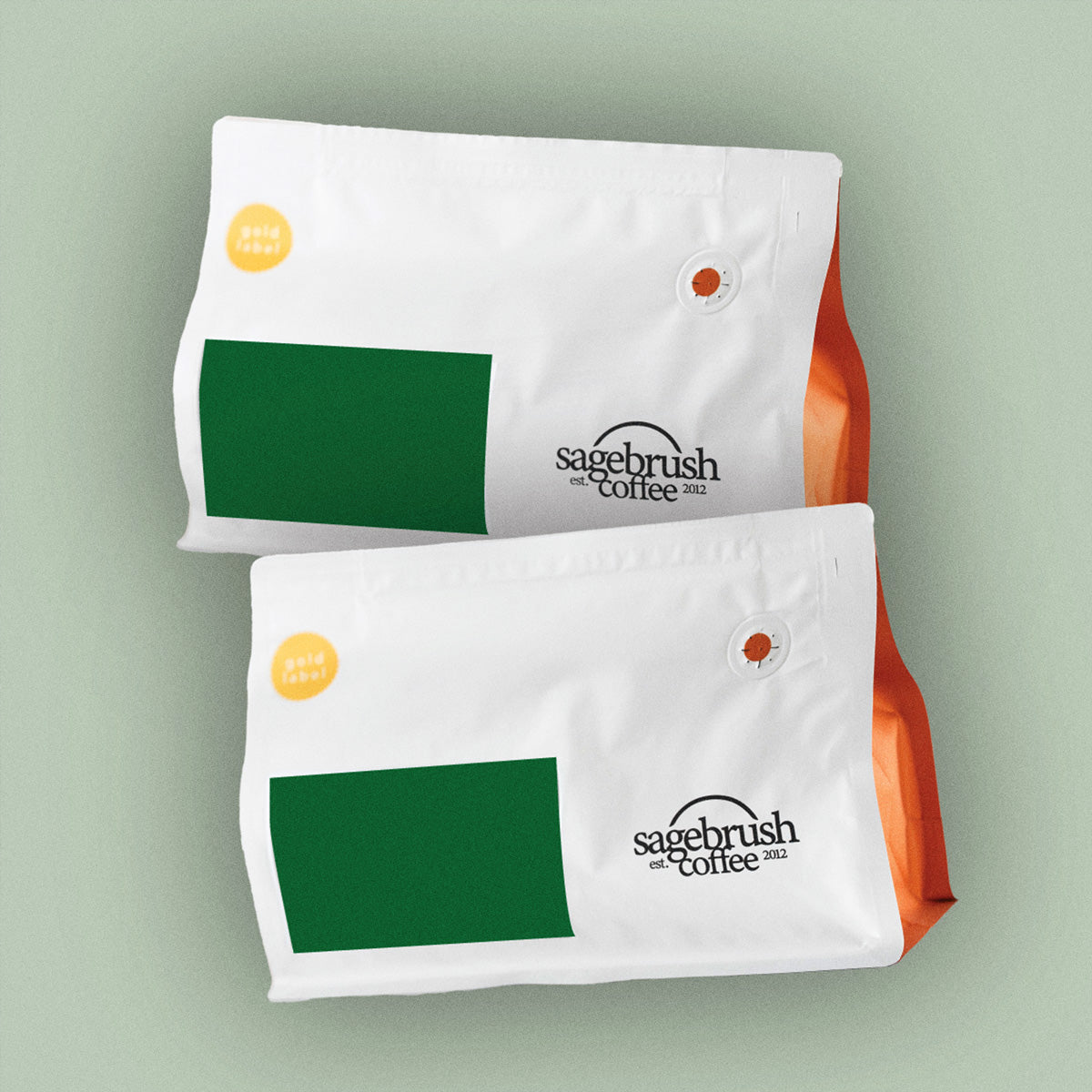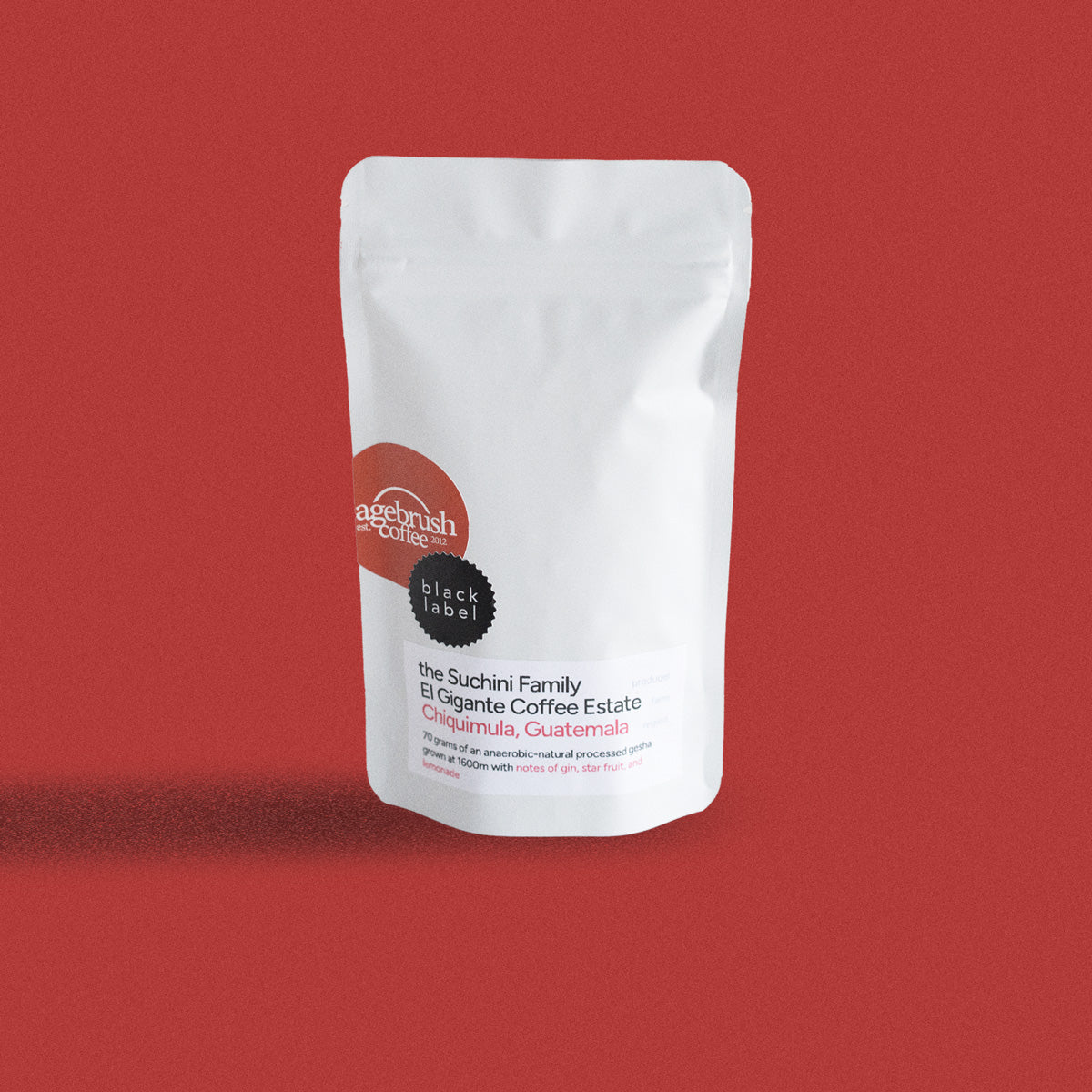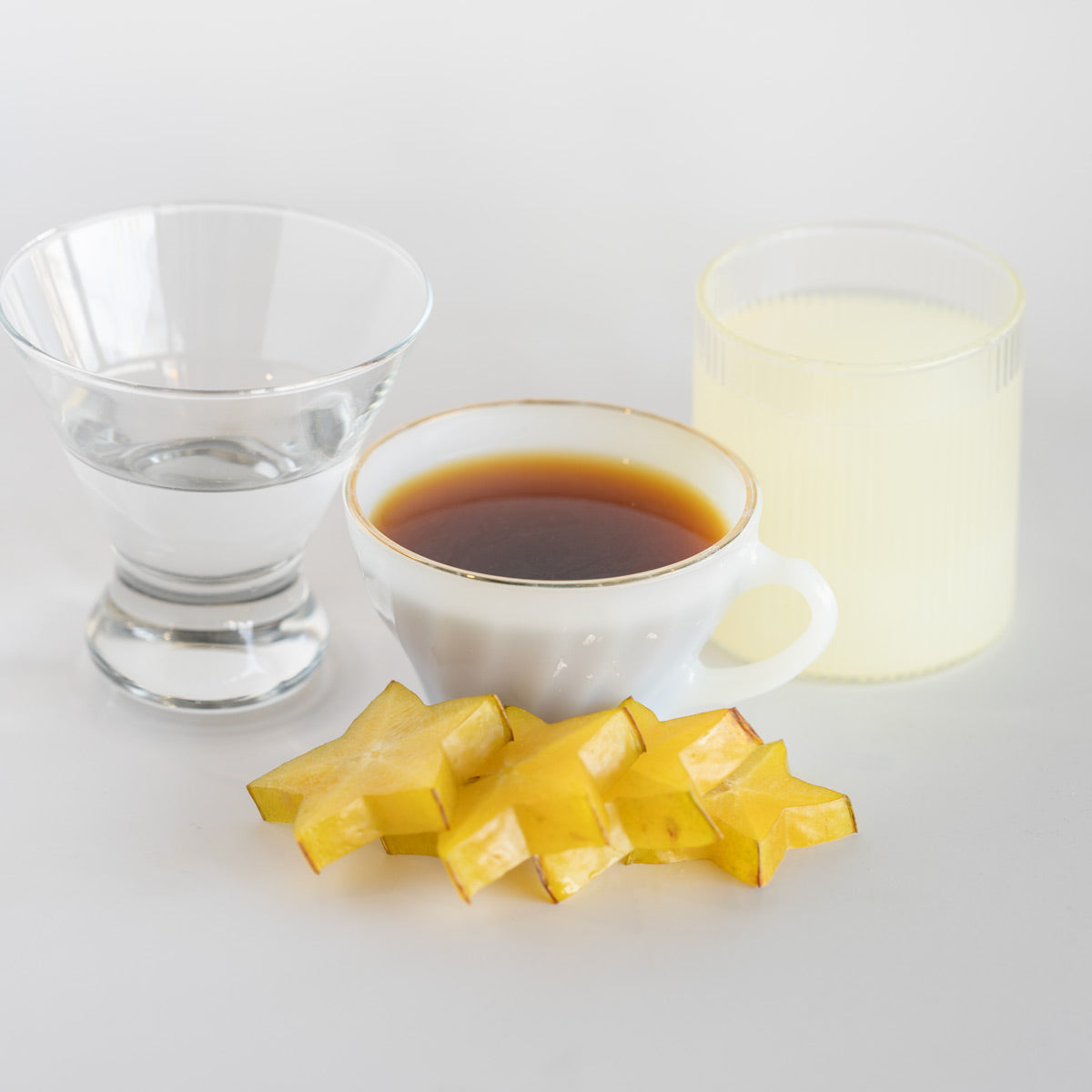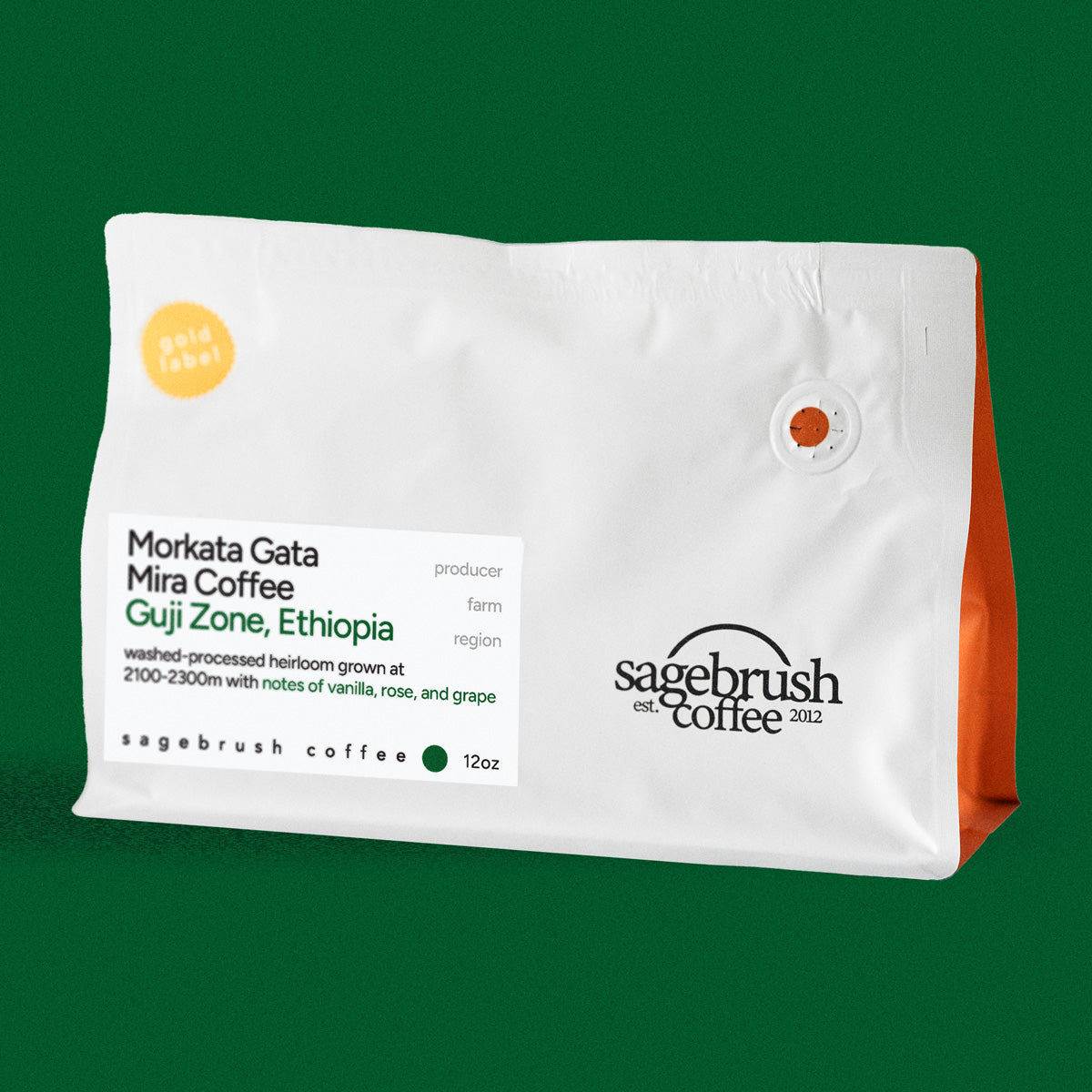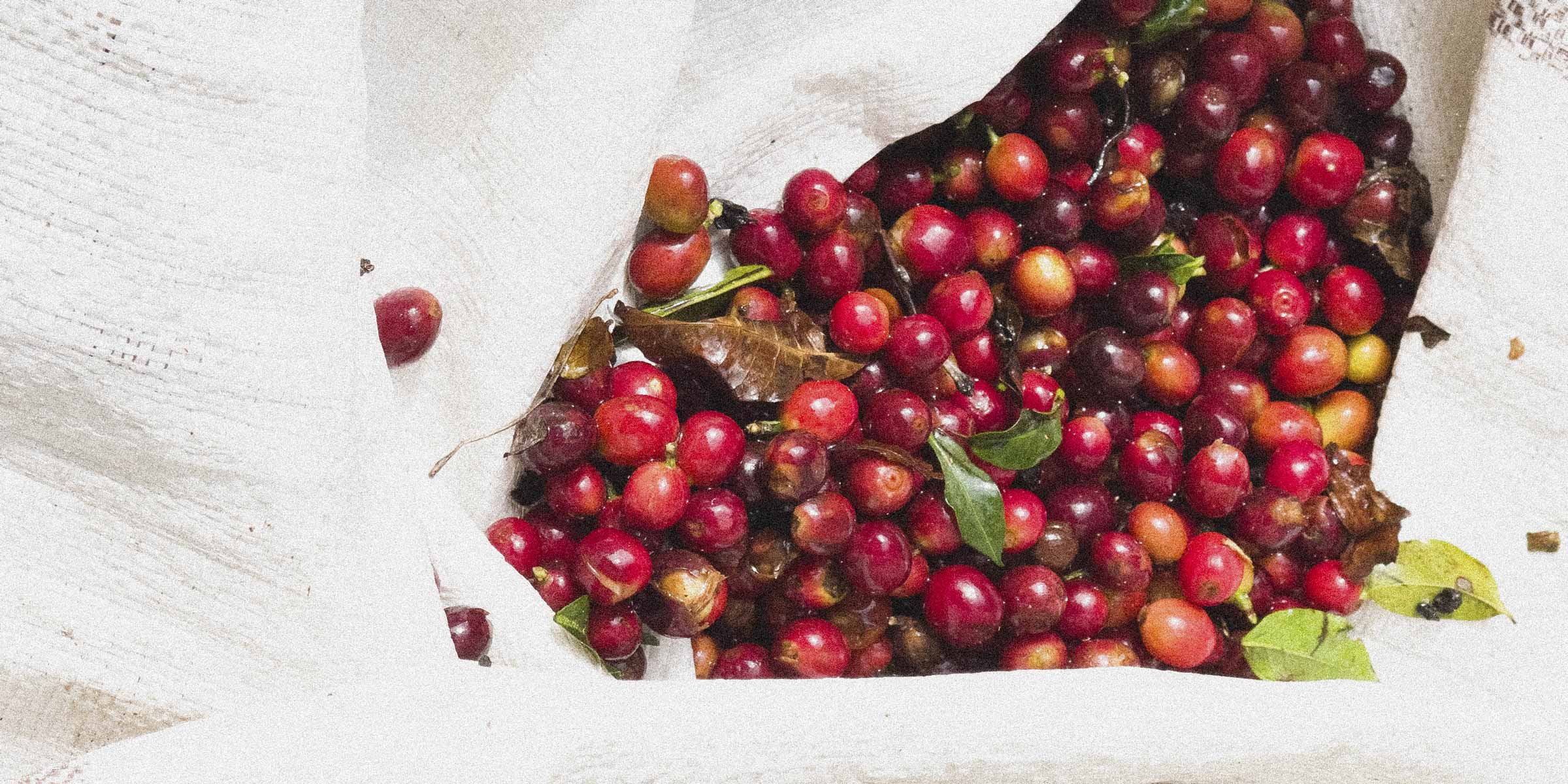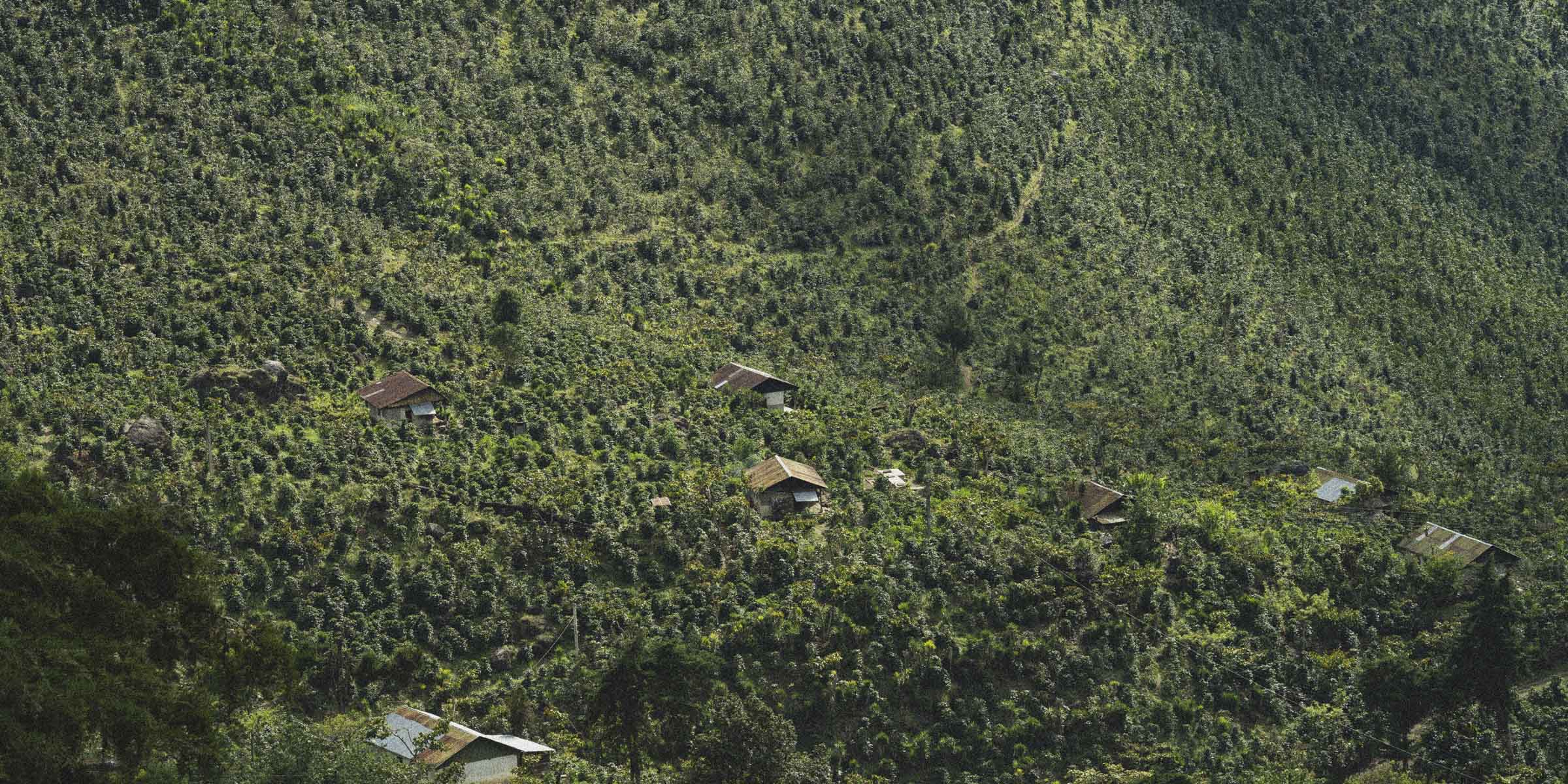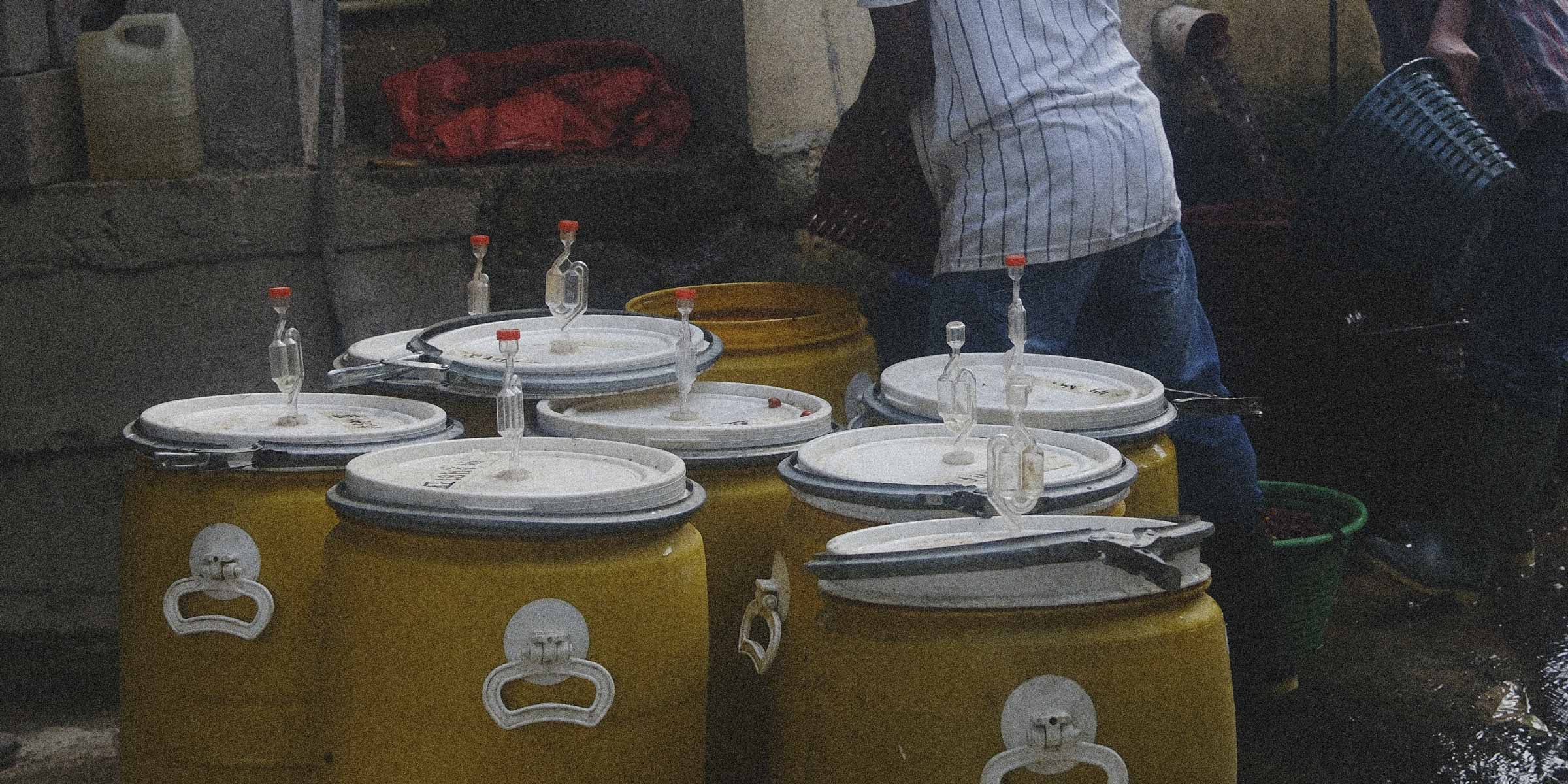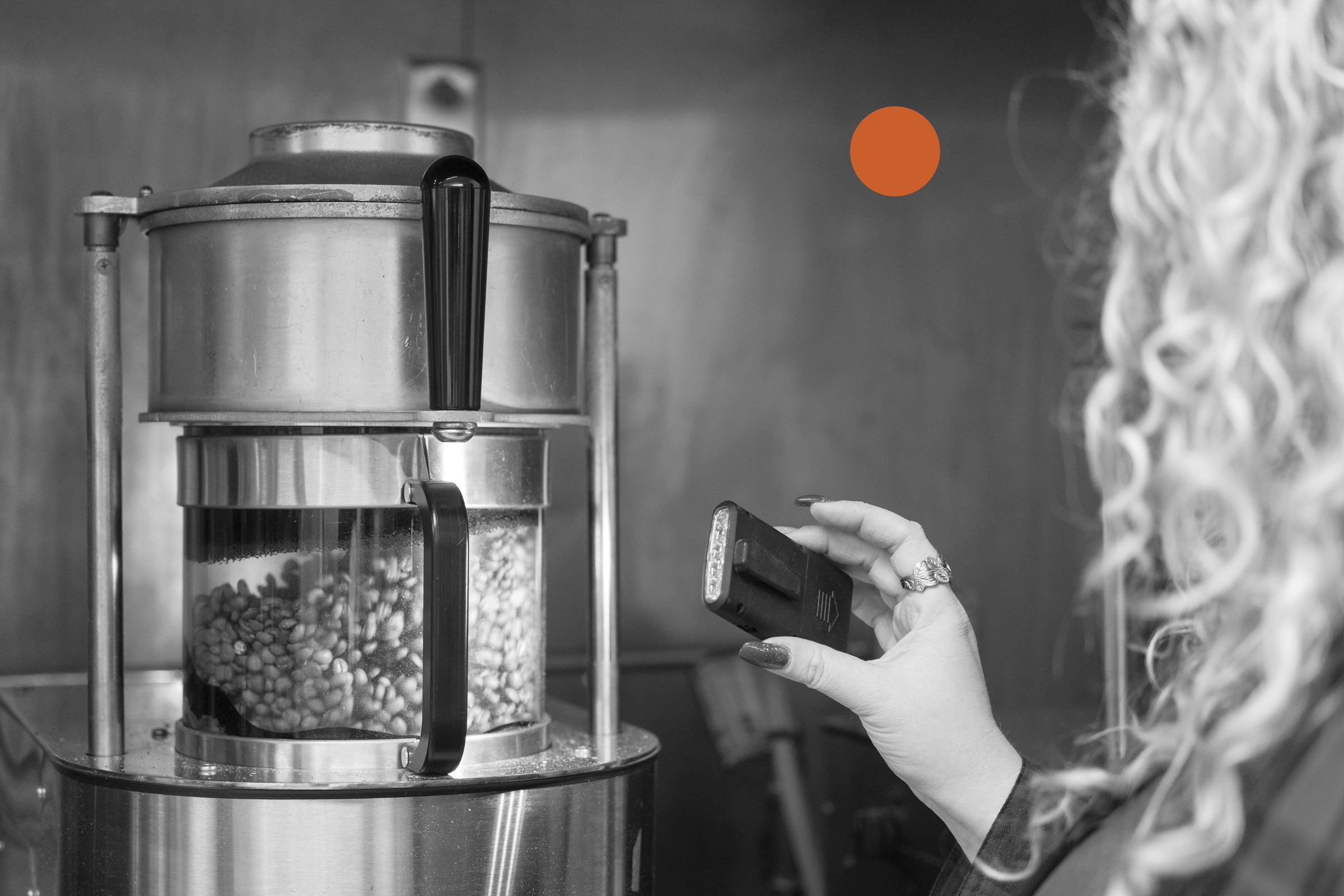We’ve been telling the story of coffee through a series of blogs. In our last post, we talked about how coffee begins–as a crop!
At its core, coffee is an agricultural product just like bananas or avocados. It begins as a plant that produces coffee cherries. That’s right–actual cherries. Unlike traditional cherries (of the Rosaceae family), these cherries (from the Rubiaceae family) contain two seeds, each surrounded by a layer of fruity, sugary pulp. And these seeds are what we call coffee beans!
Once the cherries have been selectively picked for ripeness, they are transported to a processing mill where a world of possibilities await. The term ‘coffee processing’ refers to everything that happens to the coffee cherry after it’s picked but before it’s packaged.
Sorting
The first thing that happens at every mill is sorting. Even with selective hand-picking, unripe or defective cherries can slip through. In specialty coffee, once the cherries arrive at the mill, they are immersed in water and the defective cherries (also called ‘floaters’ because they float to the top) are skimmed off.
From there, coffee can be processed in three main ways: washed, natural, and honey. While there are actually more methods than just these—each with its own nuances and variables-–this article will keep it simple and just skim the surface of processing with the ones most commonly used.

Processing
The most common method, the washed process (or, wet process), begins with depulping the cherry—removing the outer skin and fruit from the seeds. The seeds are then placed in fermentation tanks filled with water, where the remaining sticky mucilage layer naturally breaks down and is washed away before the beans are laid out to dry in the sun.
The natural process (or, dry process) skips depulping. The cherries are laid out whole to dry in the sun on patios or raised beds. Over 3 to 6 weeks, they are regularly turned to prevent mold and ensure even drying. During this time, the beans ferment inside the intact fruit, absorbing sugars and developing sweetness. Once fully dried, machines remove the dried skin and pulp.
A hybrid of the washed and natural methods, the honey process depulps the cherry, but leaves the sticky, sweet layer of mucilage on. The beans are then dried in the sun, allowing the sugars to ferment the coffee and impart sweetness.
What all three of these processes have in common is fermentation.
When we think of fermentation, drinks like beer, wine, or kombucha usually come to mind. But did you know coffee goes through fermentation too? After coffee cherries are harvested, natural microbes—like yeast and bacteria—go to work, breaking down sugars in the fruit or mucilage that surrounds the beans and imparting unique flavor compounds. While some producers take this a step further, experimenting with their own unique methods, all coffee beans go through some form of fermentation in their journey to get to the cup.
After coffee beans have been processed, they are ready for the next step of their journey: the roast!




